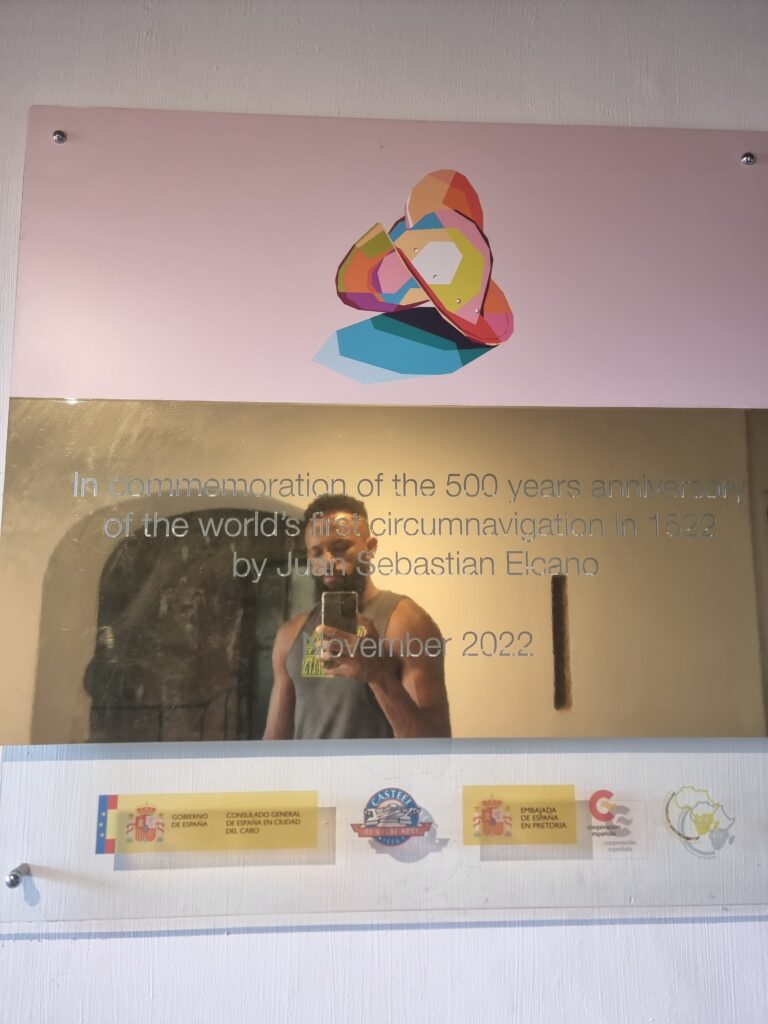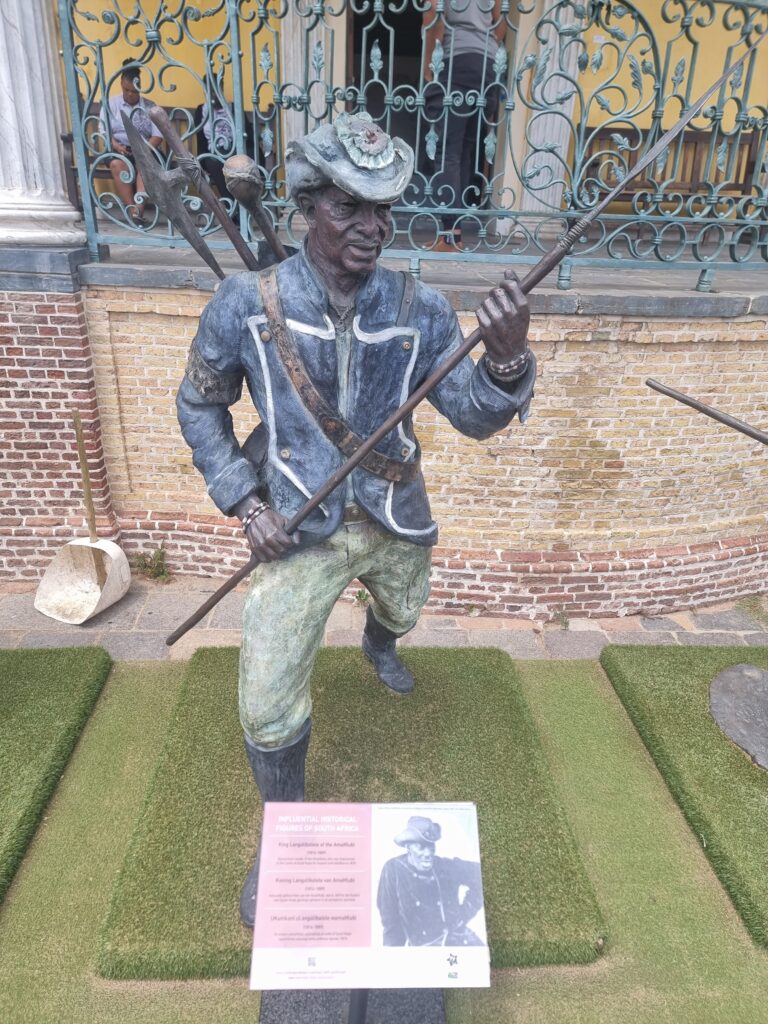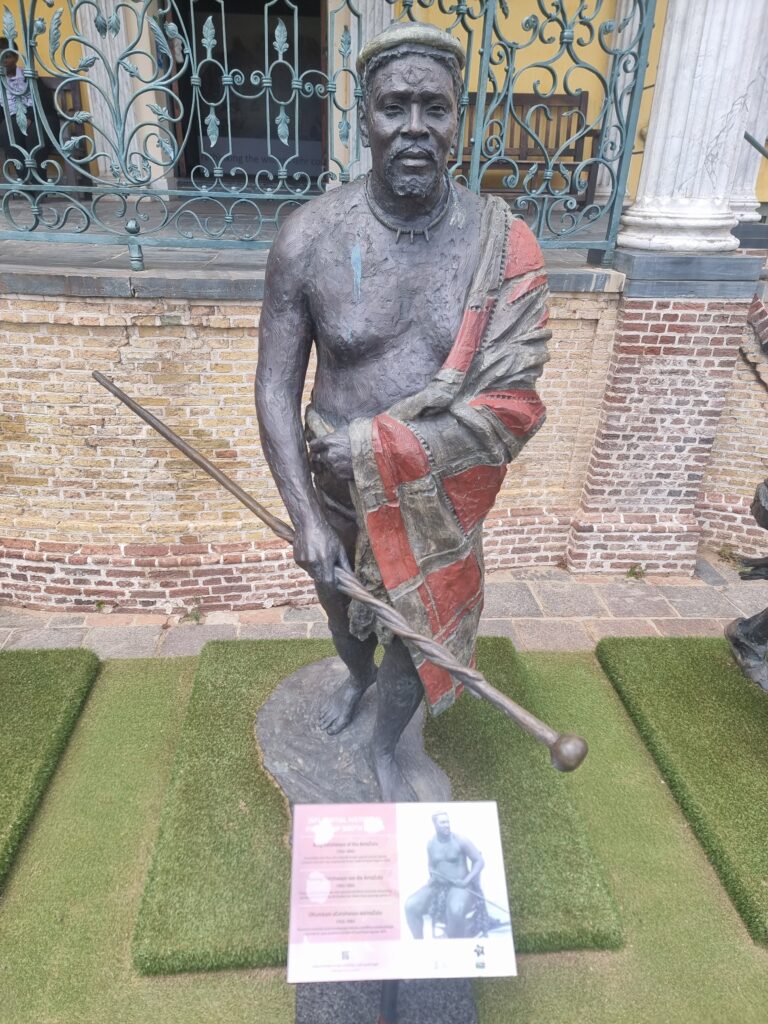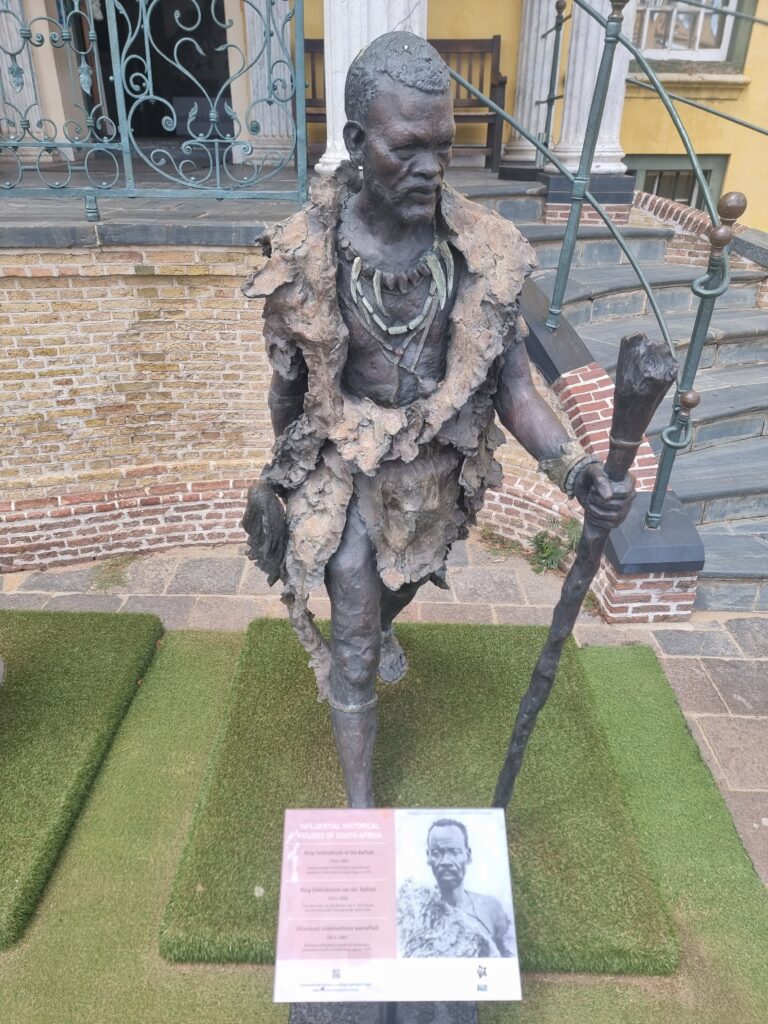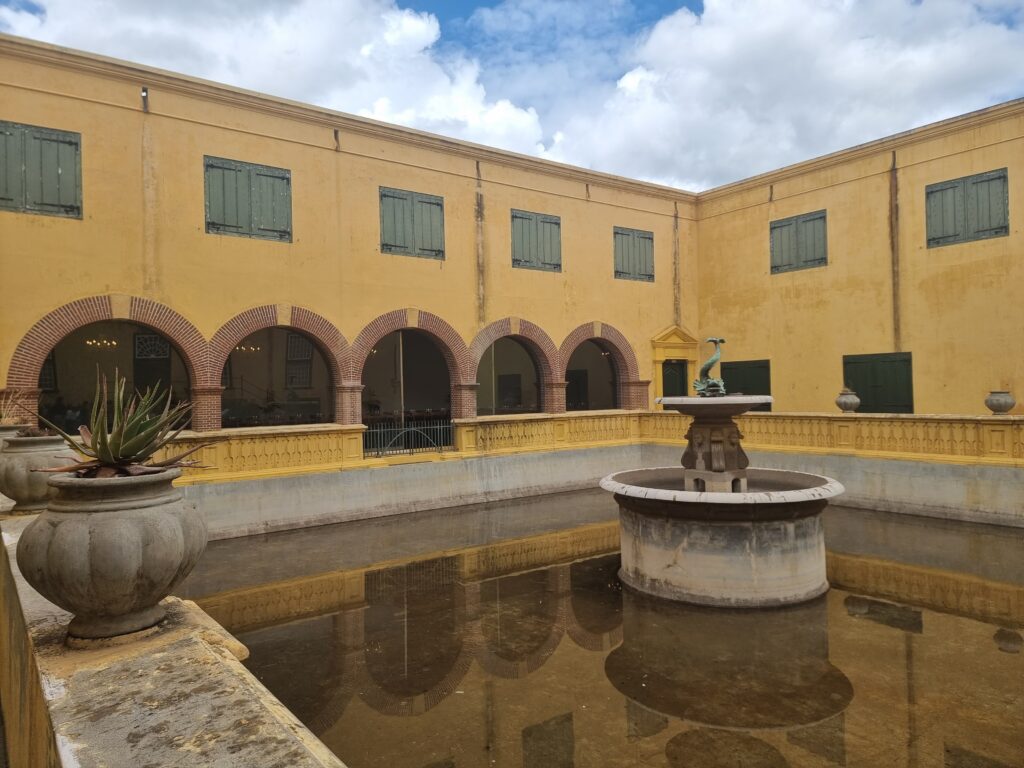
A Journey Back in Time: My Visit to the Castle of Good Hope
I’ve always been fascinated by history, particularly the kind that has left its mark on the world in stone and mortar. Visiting the Castle of Good Hope in Cape Town was an awe-inspiring experience, not just because of the architecture, but because of the rich, complex, and often troubling history embedded within its walls. It’s one thing to read about history; it’s another to walk through it.
The Fortress of Cape Town: An Origin Story
The Castle of Good Hope, the oldest surviving colonial building in South Africa, was constructed by the Dutch East India Company (VOC) between 1666 and 1679. This fortress was built as a replenishment station for ships sailing the treacherous waters of the Cape, providing them with fresh supplies and a safe harbor. The VOC, a powerful entity in its time, wielded immense influence, not just as a trading company but as a governing body that shaped the lives of thousands in the Cape Colony.
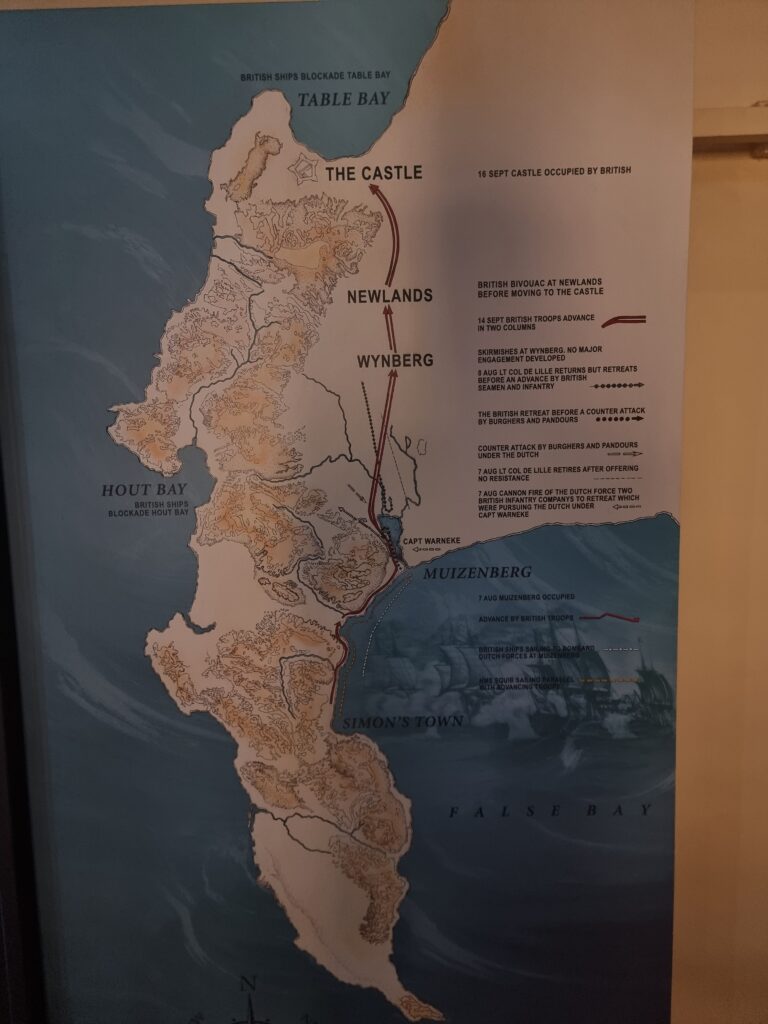
At the time of its establishment, the population of the colony was small, mostly made up of Dutch settlers, along with enslaved people brought from Indonesia, Madagascar, and India. Over the next century, the population grew steadily, fueled by the arrival of European settlers, the importation of slaves, and the birth of new generations. By the mid-18th century, Cape Town had become a bustling hub, with a diverse population that reflected the colony’s role in global trade.

The Dark Side of History: Prison Cells and the Torture Chamber
One of the most unsettling parts of my visit was the tour of the old prison cells. These small, grim spaces once held significant figures who resisted colonial rule, treated with the same harshness as common criminals. The torture chamber, in particular, left a lasting impression. This pitch-black room, known for its horrific whippings, was equipped with a chainblock where prisoners were held or tied up, their bodies suspended as they were mercilessly flogged.
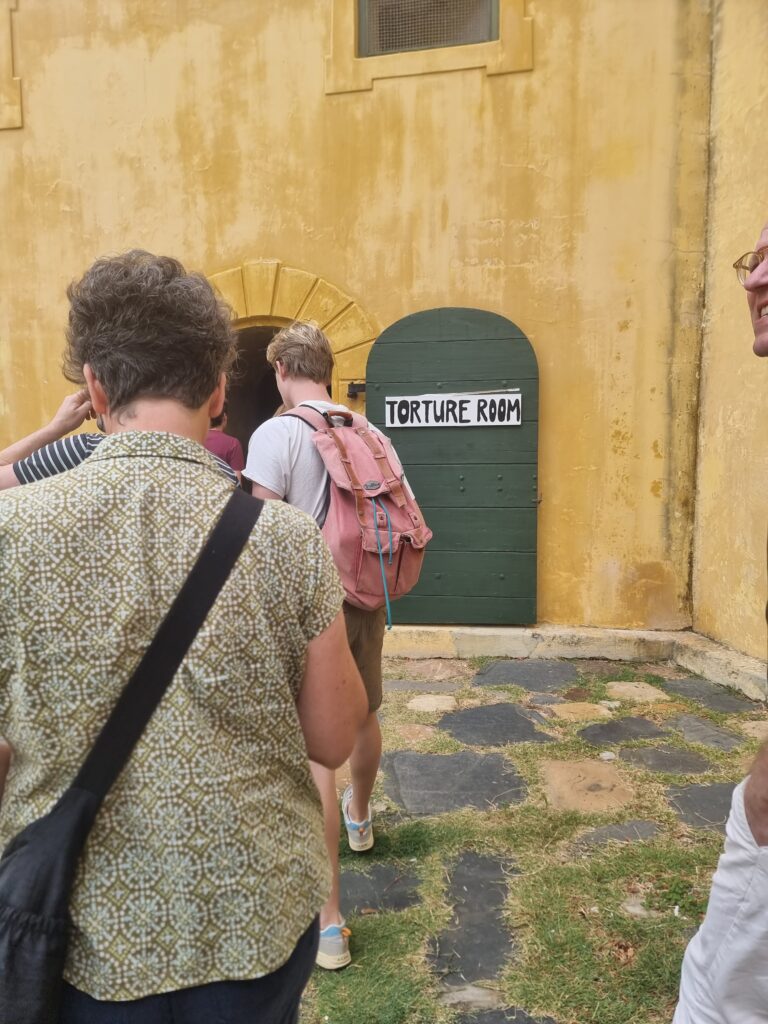
The room’s darkness was all-encompassing, adding to the psychological torment of those confined within its walls. Allegedly, the screams of the tortured could be heard throughout the fortress, serving as a grim reminder of the VOC’s ruthlessness.

Kings in Bronze: Monuments of Defiance
The courtyard outside one of the exhibit buildings features bronze statues of some of Africa’s most notable kings. Among them is King Cetshwayo, the last reigning monarch of an independent Zulu nation, a man who fought fiercely to protect his people from colonial encroachment. Next to him stands King Sekhukhune, the formidable leader of the Bapedi, who resisted both the Boers and the British in his efforts to maintain the independence of his people. Inkosi Langalibalele of the amaHlubi, who defied the Natal colonial government, is also honored here, as is Doman, a leader of the Khoikhoi who resisted Dutch colonial forces.
These statues are more than just memorials; they symbolize the defiance and resistance that characterized much of South Africa’s history under colonial rule. Each king represents a different facet of the struggle against oppression, a struggle that, despite its tragic outcomes, has left an enduring legacy.
The VOC’s Iron Grip and Its Eventual Demise
The VOC’s influence on South Africa was immense. As a governing power, the company controlled the economy and held sway over the local population. The Cape Colony was its domain, and the Castle of Good Hope was the nerve center from which all major decisions were made, impacting the lives of thousands. The VOC brought in settlers from Europe, enslaved people from Africa and Asia, and soldiers from its many territories, all contributing to the colony’s growth and complexity.
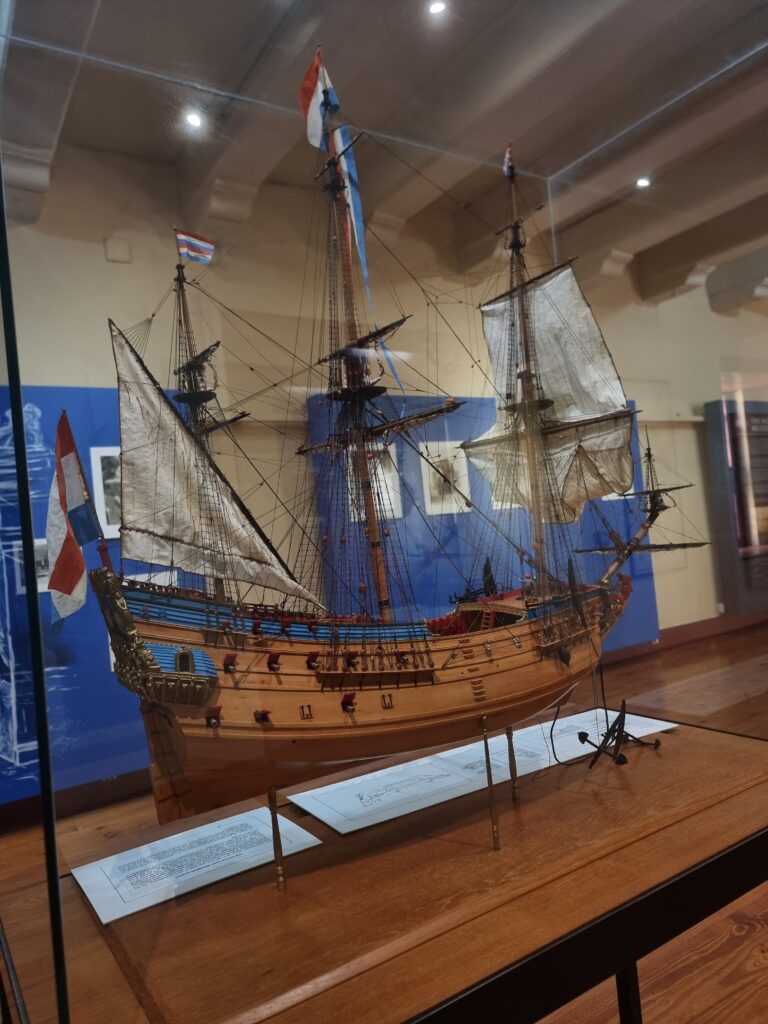
However, the VOC’s dominance began to wane in the late 18th century. The French Revolution and the rise of the Batavian Republic in the Netherlands weakened the company’s grip on power. By the early 1800s, the British had taken control of the Cape Colony, ushering in a new era of colonial rule. This period was marked by significant changes, both in the power dynamics among European settlers and in the relationships with indigenous communities.
A Complex History: Reflections and Realizations
As I walked through the Castle, I couldn’t help but think about the harsh realities of life in the 17th and 18th centuries. Basic amenities like electricity and running water were nonexistent, and life was a constant struggle against the elements. The Castle’s very existence is tied to the maritime industry, which facilitated not just trade but also the spread of colonialism and the horrors of the slave trade. The firearms on display, relics of a violent past, tell a story of conflict and control, of battles fought to maintain power over the land and its people.
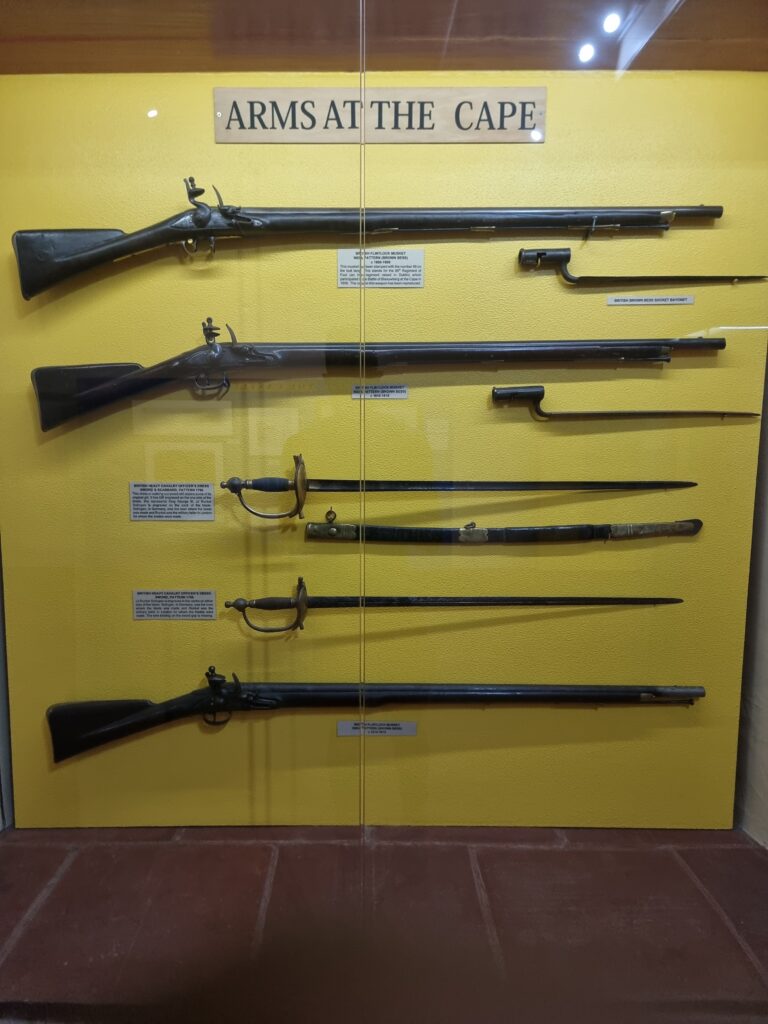
One particularly striking detail was learning that the land where the Castle stands today was once part of the shoreline. Over time, land reclamation projects pushed the ocean back, creating the cityscape we see now. The idea that waves once crashed against the Castle’s walls is both fascinating and eerie, a reminder of how much the landscape—and history—has changed.
Gaining Perspective
Reflecting on my visit, I realize that my journey of learning about history is far from over—if anything, it’s just beginning. The Castle of Good Hope is not just a historical monument; it’s a window into a deeply complex society that was shaped by forces far beyond its shores. The VOC, the Dutch Reformed Church, and the European settlers all played roles in this history, often in ways that are deeply troubling. Yet, it’s a history that must be remembered, for it’s only through understanding the past that we can make sense of the present.

A Deep Appreciation
The architecture of the Castle itself is something to marvel at. Built to withstand both the elements and potential attacks, its thick walls and sturdy bastions are a testament to the skills of the Dutch engineers who designed it. It was unusual to stand there, knowing that the ocean once reached the Castle’s walls—a stark contrast to the cityscape that surrounds it today.

The tour guide was exceptional, bringing this history to life with knowledge and passion. Unlike guides who merely parrot facts, this guide delved into the stories and significance of each room, each cell, and each statue. It was a fitting way to explore a place I’ve long wanted to visit, and I left with a deeper understanding of South Africa’s complex history.
The Castle of Good Hope is a must-visit for anyone interested in history, especially if you’re looking to understand the forces that shaped the country. It’s not just about the past; it’s about realizing how much of that past still influences the present. I’m grateful to have experienced this, and I encourage anyone with a thirst for knowledge and a curiosity about the world to make the journey to Cape Town and walk through this incredible piece of history.
This experience was a reminder of the depth and complexity of our history, a history that is often glossed over in education and media. It’s a history rich with substance and struggle, one that ought to be remembered and understood in all its facets.

The courtyard of the Castle of Good Hope with the iconic Table Mountain in the background.
